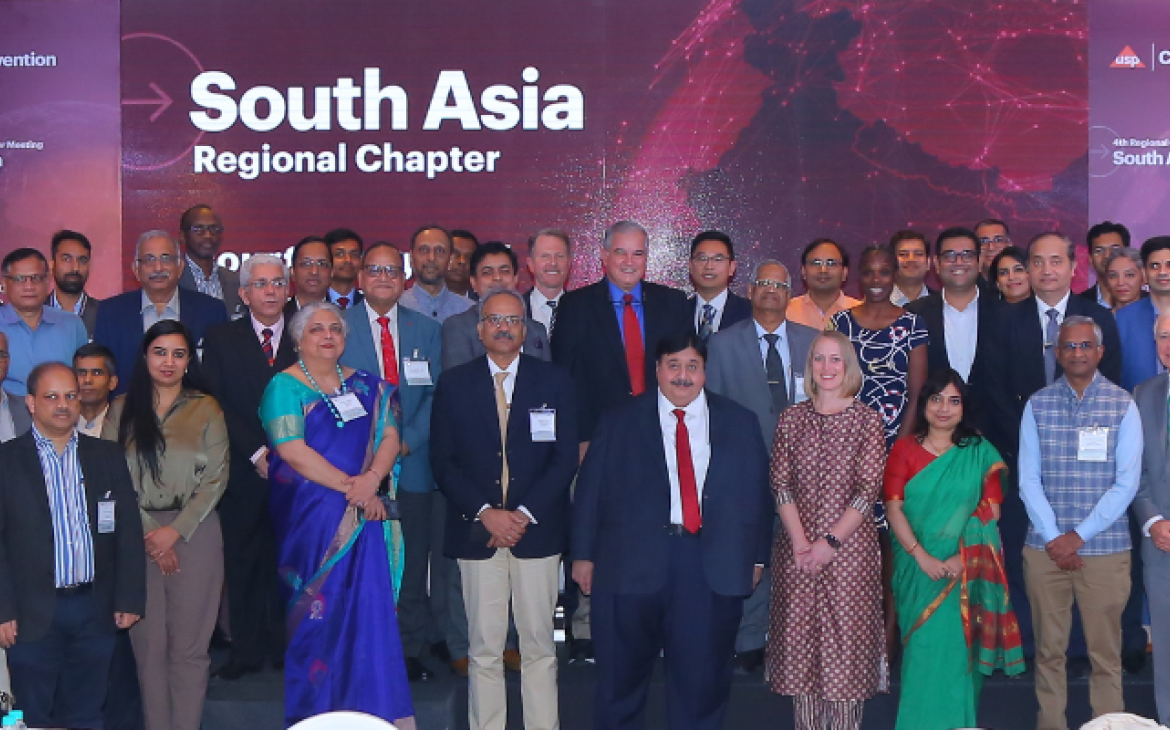
COVID-19 is transforming our ways of thinking about the development, manufacture and delivery of critical medicines to patients around the world. Recognizing that successful development and testing of an effective vaccine against COVID-19 will take time, many are keeping a close watch on monoclonal antibody (mAb) treatment candidates as viable weapons for staving off the pandemic.
The U.S. Department of Justice (DOJ) recently stated it will not challenge proposed efforts by Eli Lilly and Company, AbCellera Biologics, Amgen, AstraZeneca, Genentech, and GlaxoSmithKline to share information about manufacturing facilities and other information that could enable them to expedite the production of mAb treatments that are determined to be safe and effective to treat COVID-19.
In a March 2020 letter to DOJ, the manufacturers listed above expressed concern that the demand for mAbs targeting COVID-19 is likely to exceed what any one firm could produce on its own. By sharing information with one another about manufacturing facilities, capacity, raw materials and supplies that could be used to produce successful COVID-19 mAb therapeutics, facilities could be ready to scale up and manufacture treatments once they prove safe and effective.
But even with enhanced information sharing among companies shaving off product development time, manufacturing mAbs on a large scale is a highly complex and costly task even under ideal circumstances. And because mAbs are made using living organisms and bioreactors, the most subtle changes in and deviations from manufacturing processes can, at times, have unintended yet profound clinical consequences.
Why glycosylation is important
A 2008 incident involving glycosylation became a watershed moment for the biotherapeutic community when a manufacturer scaled up production of a biotherapeutic product from a 160-L facility to a 2000-L plant. Regulators determined that what was manufactured using the 2000-L tank was no longer the biologic equivalent of the product initially made in the 160-L bioreactor, pointing to differences in glycosylation between the products as the basis for their determination.
In their essence, mAbs are proteins—large, complex molecules made up of amino acids. Once a mAb protein has been made, subsequent changes—known as post-translational modifications—to its structure can potentially occur through various chemical and enzymatic processes.
Among the range of post-translational modifications common in protein therapies, glycosylation is one of the most important critical attributes for characterizing a product and maintaining its quality and safety. Glycosylation is the enzyme-triggered addition of carbohydrates, or glycans, to the mAb’s protein backbone and is often one of the most challenging modifications to control during manufacturing.
Since glycosylation affects the physicochemical and pharmacological properties of a mAb product, being able to properly characterize and control its glycoprofile plays an important role in establishing and improving the safety and efficacy of the product, and ultimately, can have a significant impact on patient care.
Publicly available standards
Manufacturers use many different analytical methods and techniques to analyze the extent and type of glycosylation in their mAb products. Using the right experimental approaches and methods to elucidate glycan structures and variability is critical for meeting regulatory expectations for quality and consistency throughout a product’s lifecycle.
USP’s public quality standards play an important role in helping manufacturers optimize method performance and ensure that their analytical approaches are suitable for characterizing key product quality attributes such as glycosylation. USP standards are developed using a public process with input from those developing and regulating products such as therapeutic mAbs. As public standards, these are available for use by any manufacturer as a benchmark for assessing quality attributes like glycosylation, independent of where and how a specific mAb product is manufactured.
Specific to glycosylation, USP offers a range of useful material Reference Standards as well as methods and tests published in the United States Pharmacopeia–National Formulary (USP-NF). USP General Chapter <1084> includes general information on glycoprotein and glycan analysis; General Chapter <212> presents procedures for oligosaccharide analysis; General Chapter <210> describes procedures for monosaccharide analysis and General Chapter <129> provides procedures specifically for analysis of N-glycans and sialic acid in mAbs. The USP Reference Standards include mixtures of oligosaccharides, sialic acids (a key consideration when assessing glycan quality) and mAbs. While these Reference Standards can be generally used for glycoprofiling and for standardization of analytical methods to ensure consistency across multiple manufacturing batches and different laboratories, they have also been validated using methods published in the USP-NF general chapters mentioned above.
USP has also recently published a comprehensive characterization of its glycan Reference Standards in Analytical Biochemistry and additional perspectives on analysis of glycosylation in Future Drug Discovery, providing manufacturers and other users with tools and solutions for assessing the heterogeneity of glycosylation that can negatively impact the safety and efficacy of biological products.
Ensuring mAb quality
As the development and manufacture of mAb treatments continue to address existing as well as emerging public health needs, USP’s public quality standards are available to manufacturers and regulators around the world as critical tools for ensuring the quality and safety of medicines to patients.
Learn more about USP standards for mAbs at www.usp.org/news/mab-rs-release.


